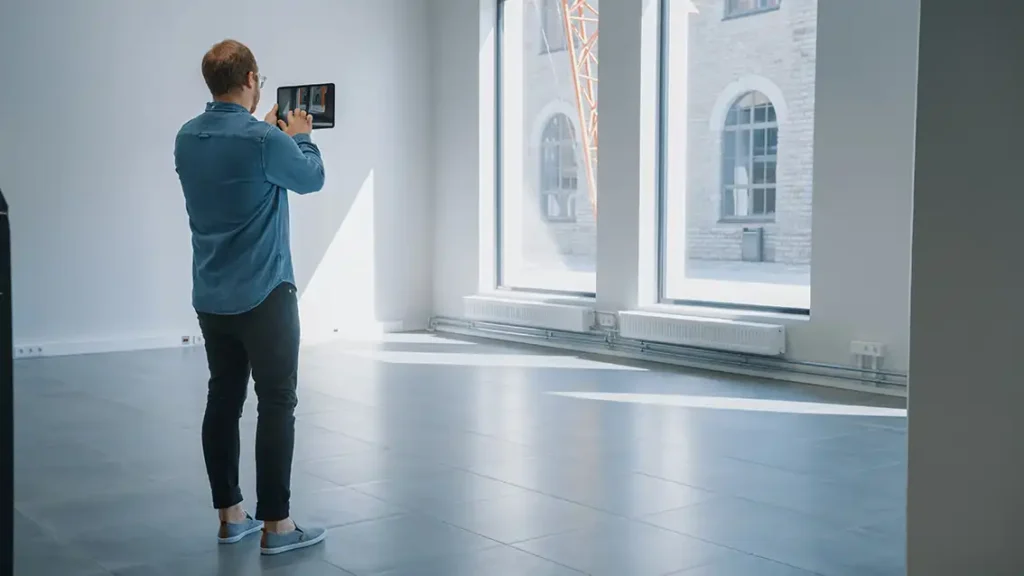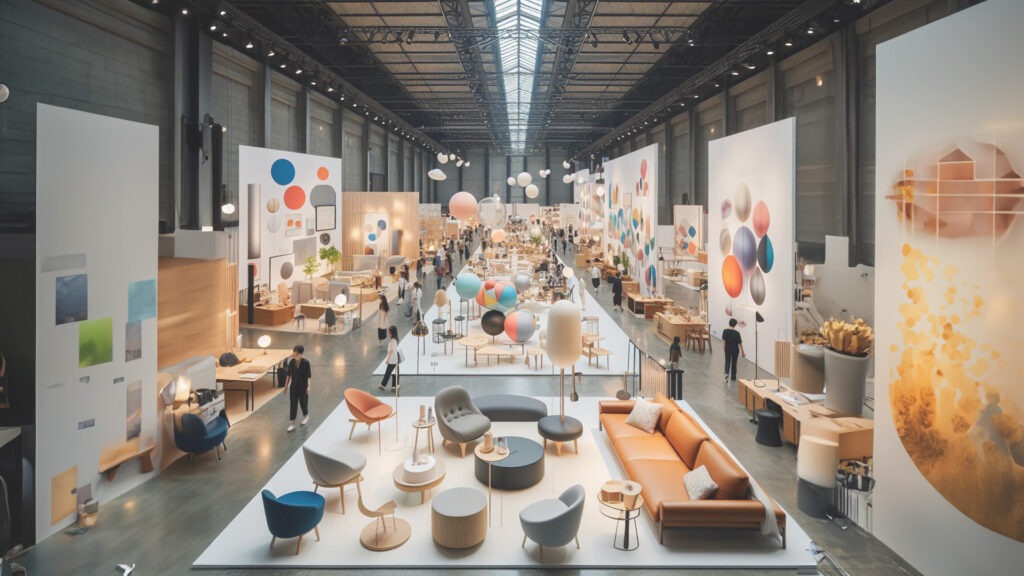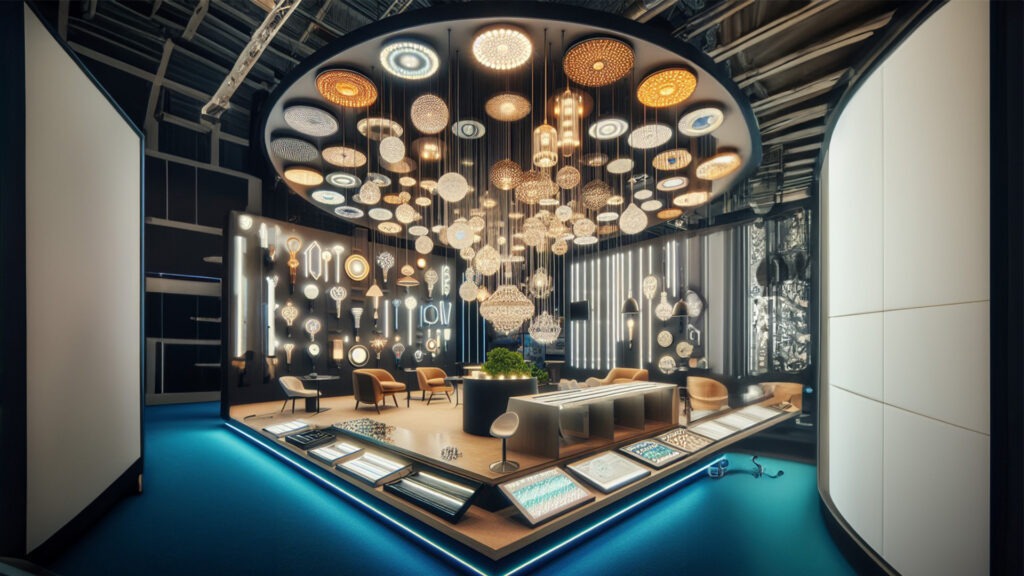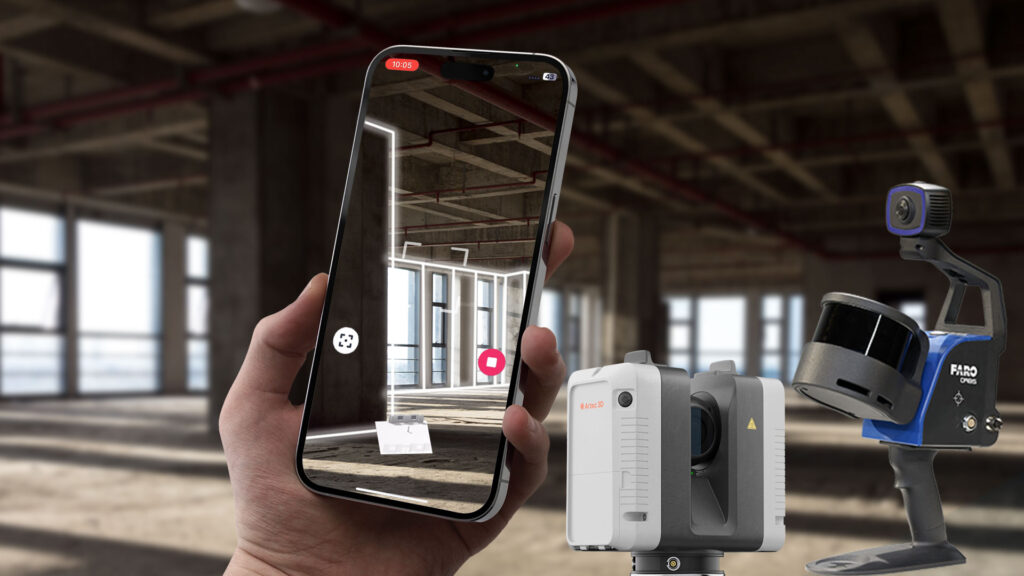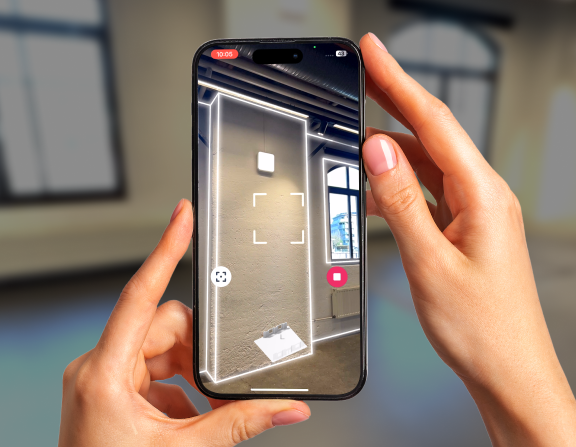The novel LiDAR technology enables owners of Apple Pro smartphones and tablets to capture 3D information. One exciting application of this advancement is mobile 3D building scanning. With this technology, the digitization of buildings becomes seamlessly achievable. The device’s LiDAR sensor, combined with the built-in high-resolution camera, enables users to create 3D models. These models are based on scans performed by the user.
Today, numerous scanning apps enable users to scan the interior of buildings. These apps generate visually appealing, detailed 3D models of rooms and entire buildings at first sight. Apps such as Polycam, MagicPlan, and RoomScan provide solutions for capturing and reconstructing room and building geometry. However, our experience with professional users shows that most apps do not target or meet professional industrial requirements. Despite impressive marketing imagery, innovative users often face reality when testing the technology in the real world.
As a consequence, professionals today still mostly rely on either simple analog solutions (e.g., handheld laser meters) or bulky and expensive dedicated devices. Such terrestrial laser scanning solutions are provided by manufacturers such as Leica, FARO, Timble, and many more.
Which use cases are suited for mobile 3D building scanning?
Smartphones offer limited precision compared to professional-grade equipment due to their underlying hardware. While AI technologies can enhance accuracy by leveraging contextual information and integrating various data modalities, generating a precise, high-resolution point cloud remains out of reach. An appealing texture can deceive the user into overlooking the fact that the geometry does not exactly match reality. To avoid disappointing expectations, it is essential to clarify the capabilities and limitations of smartphone technology. While this rules out some use cases that require extremely high precision, in many applications, such a level of detail is neither necessary nor desirable.
Instead, an abstract representation composed of semantic objects such as walls, doors, and windows is often more helpful than millions of raw data points. Smartphones handle the task well when this kind of abstraction is the goal. They provide a quick, flexible, and highly cost-efficient solution. Projecting many data points onto a single planar surface, such as a wall, improves accuracy and eliminates outliers. Furthermore, real-time processing directly on the smartphone enables immediate feedback to the user. This allows for collaborative improvements in output quality.
What makes 3D building scanning suitable for professionals?
So that a solution is applicable for industrial use, it needs to meet the following criteria:
- Accuracy: The 3D models must accurately correspond to the real building. High-fidelity visualizations of textures are impressive at first glance, but industrial use cases primarily require geometric accuracy.
- Interoperability: Interfaces are crucial for enabling seamless integration into various workflows. IFC serves as a strong foundation for open 3D model exchange. However, industry stakeholders often implement the standard differently, necessitating the use of additional formats or dialects to achieve full interoperability.
- Robustness, Usability, and Human Autonomy: Scanning and reconstruction must not fail – even if the buildings exhibit peculiarities. As often happens, because anything that can go wrong will inevitably do so. AI technology leverages the full potential of slightly noisy sensor data. However, this may mean that the reality is reconstructed incorrectly due to incorrect data. This challenge might not be entirely automatically solvable, but the person who scans can provide human intuition. Such intuition can improve the overall performance of a human-AI collaborative tool.
Same hardware, different experience
All LiDAR-based mobile 3D scanning solutions share the same underlying hardware, namely the Apple iPhone or iPad Pro. Since the underlying AI models are often also similar, one might expect similar output (i.e., similar accuracy). However, apparent differences can be observed in terms of interoperability (2) and robustness (3). Mobile 3D scanning is more than just sensing and computer vision; it is a collaboration between a human and an AI-based system. Considering the human interactor as a valuable complementary part of the system is essential for achieving optimal accuracy and robustness.
Metaroom – an industry-ready solution
Metaroom by Amrax is fully committed to making 3D mobile building scanning ready for industrial use. The entire team focuses intensely on meeting and optimizing the essential requirements of industrial use cases. The goal is to fulfill the criteria (1)-(3). Amrax develops a pipeline to measure the quality of any scan performed by any user in the world. The aim is to actively learn and increase accuracy, and to understand the influence of humans on the result. Since reconstruction accuracy is strongly related to usability and accessibility of the scan app, Metaroom emphasizes making the process intuitive. They enable the incorporation of human intuition (human-AI collaboration) whenever helpful in improving the outcome. In Metaroom, the human has oversight. They can adjust and augment the model if needed. We continuously improve and extend interfaces to enable integration into various workflows in architecture, engineering, and construction.
